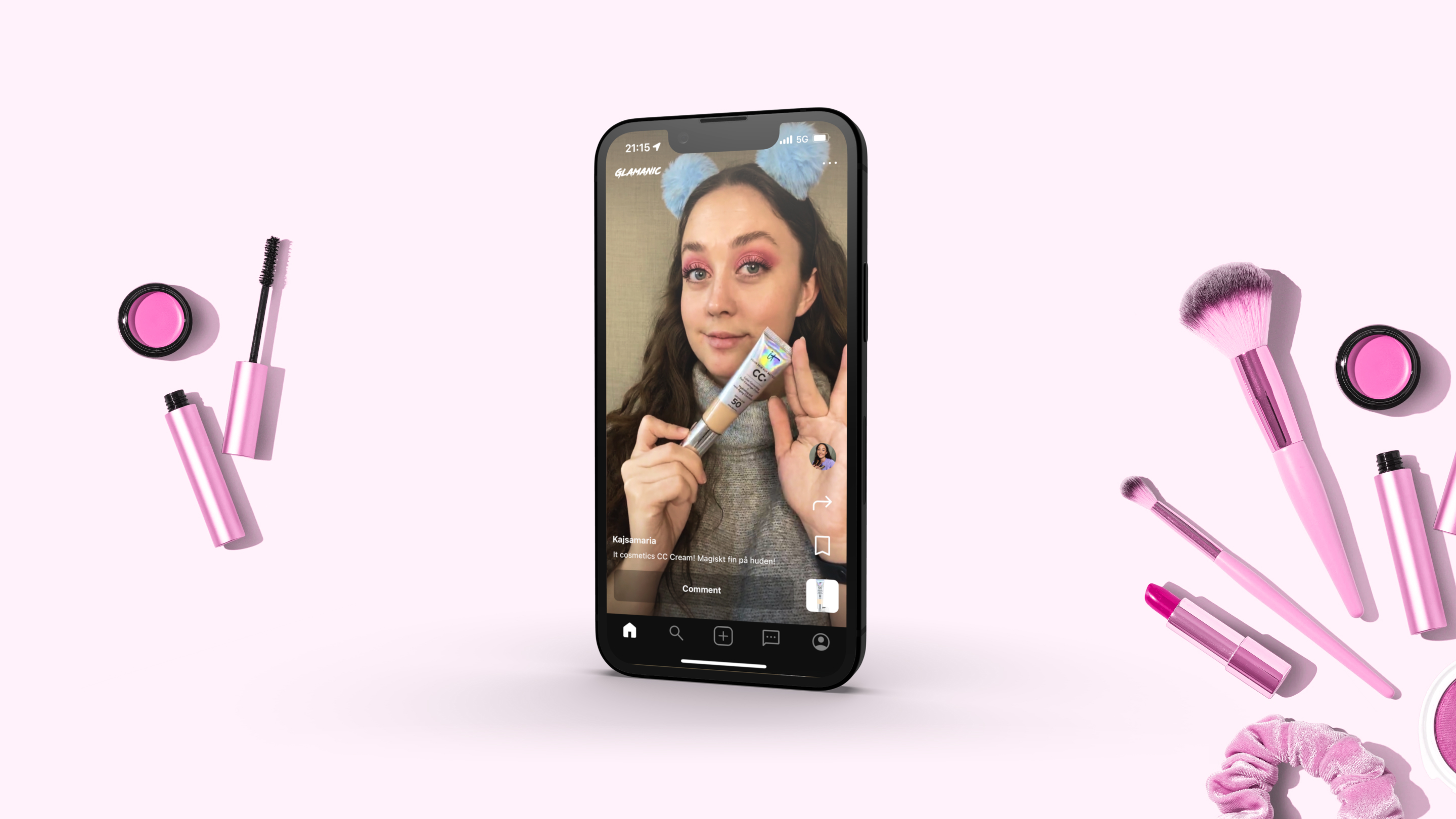
Why three is the magic number
Have you ever noticed how the number three seems to crop up everywhere – in stories, speeches, and even the fundamental structure of the universe?
It’s no accident.
Three is the first odd prime number, the second smallest prime number, and has a unique charm that makes it a ‘magic number.’
Steve Jobs and the Power of Three
The power of three is a technique often used by some of the world’s most effective communicators, including the late co-founder of Apple, Steve Jobs. He was a master of presentation, often utilizing the power of three to get his message across.
Jobs understood that information presented in threes is inherently more engaging, satisfying, and easier to remember.
He would often structure his presentations around three main points. For example, when introducing the original iPhone in 2007, Jobs told the audience he had ‘three revolutionary products’ to introduce.
As it turned out, all three – an iPod, a phone, and an internet communication device – were integrated into one product, the iPhone. This strategy created anticipation, made the presentation memorable, and highlighted the iPhone’s multifunctionality in a simple, easily digestible way.
Harnessing the Power of Three in Communication
The power of three can be used beyond the stage of product launches. In all forms of communication, structuring information into three parts – a beginning, middle, and end or a problem, solution, and benefit – ensures your message is digestible and memorable.
The effectiveness of the power of three in communication doesn’t stop there. Triadic phrases, sets of three words used to emphasize a point, can make your message more compelling.
Think of well-known triadic phrases like “life, liberty, and the pursuit of happiness,” or “faster, higher, stronger.” The repetition of key messages three times can help them stick in your audience’s mind.
Three: A Fundamental Part of the Universe and Culture
The power of three extends beyond communication and is fundamentally woven into the fabric of the universe and our culture. In geometry, the triangle is the simplest stable shape. In physics, we live in a three-dimensional world, with length, width, and height defining our spatial experience.
Culturally, many religions and philosophies regard the number three with high significance. Christianity has the Holy Trinity (Father, Son, and Holy Spirit), Buddhism has the Three Jewels (the Buddha, the Dharma, the Sangha), and in Chinese culture, three is considered lucky because it sounds similar to the word for “alive.”
In nature and biology, the building blocks of life, DNA and RNA, use a triplet codon system to encode genetic information. In human vision, we perceive the world in three primary colors.
How you can use the power of three
- Creating Structure: To ensure your message is remembered, structure it into three parts. This could be a beginning, middle, and end, or a problem, solution, and benefit. The three-act structure is common in storytelling and can be adapted to many communication scenarios.
- Developing Points: When you’re trying to persuade or inform, consider grouping your arguments or points into threes. For example, if you’re trying to convince your boss to implement a new system, you might present three key benefits: it will save time, increase efficiency, and improve customer satisfaction.
- Using Triadic Phrases: Triadic phrases are sets of three words used to emphasize a point. These can be incredibly effective in making your message more memorable. Think of famous triadic phrases like “life, liberty, and the pursuit of happiness,” “stop, look, and listen,” or “fast, good, cheap.”
- Repetition: Repeating your key message three times can help it stick in your audience’s mind. This is known as the Rule of Repetition and it reinforces the importance of your point.
- Visuals: If you’re using visuals, try to incorporate groups of three. Three bullet points, three images, or three divisions on a graph or chart can be more aesthetically pleasing and memorable.
- Timing: The power of three can also be used in the timing of your message. For example, repeating an important point three times throughout a presentation—once at the beginning, once in the middle, and once at the end—can reinforce the message and make it more likely to be remembered.
By understanding and implementing the power of three in your communication, you can enhance the effectiveness and impact of your messages, making them more engaging and memorable for your audience.
The Magic of Three
From the power of three in communication, to its fundamental role in the universe and cultural significance, the number three indeed holds a unique and ‘magical’ place.
As individuals, recognizing the omnipresence of the number three in our lives and the world around us can provide a fresh perspective on the inherent order and beauty of the universe.
How can you use the magic of three?


